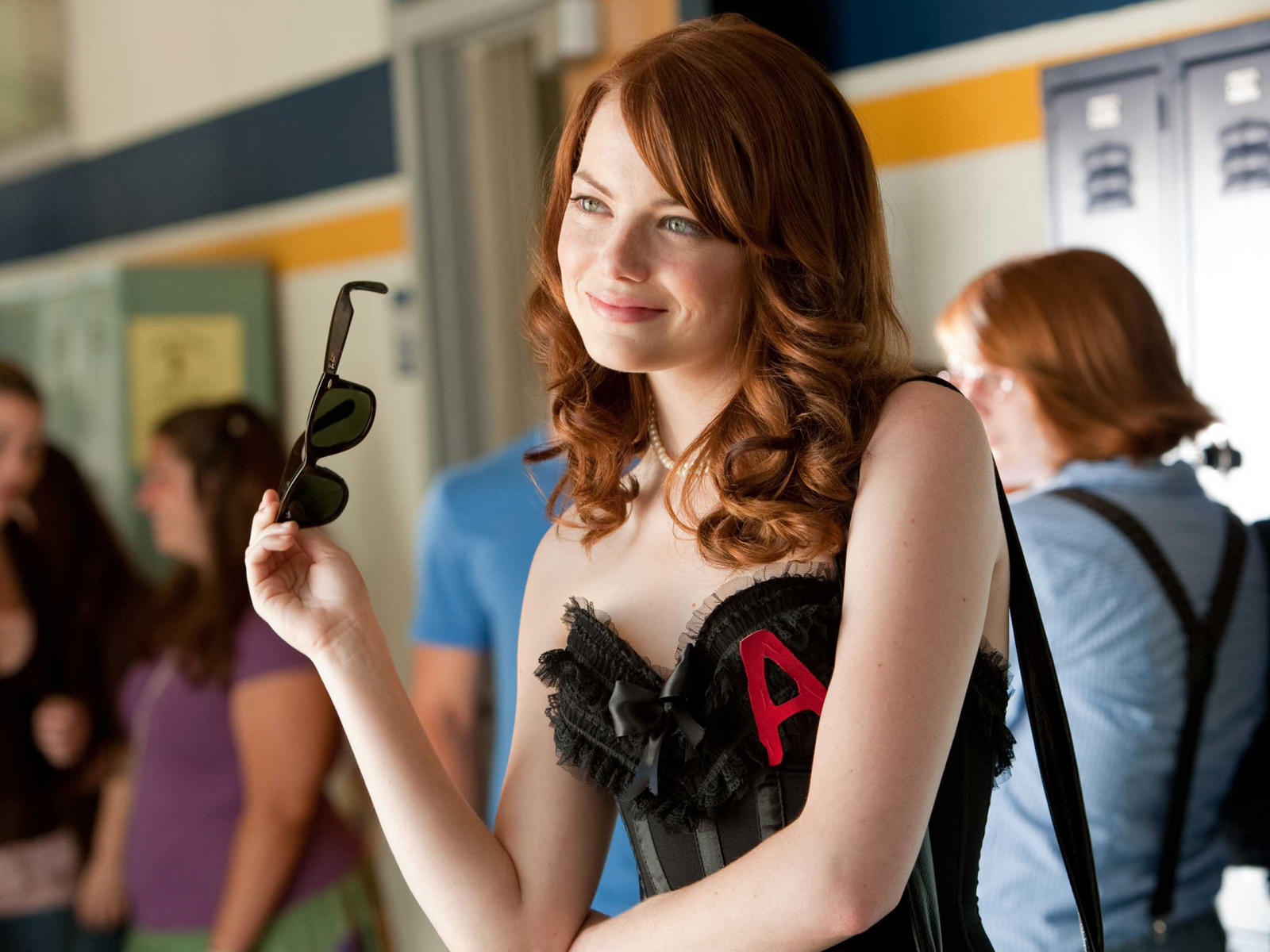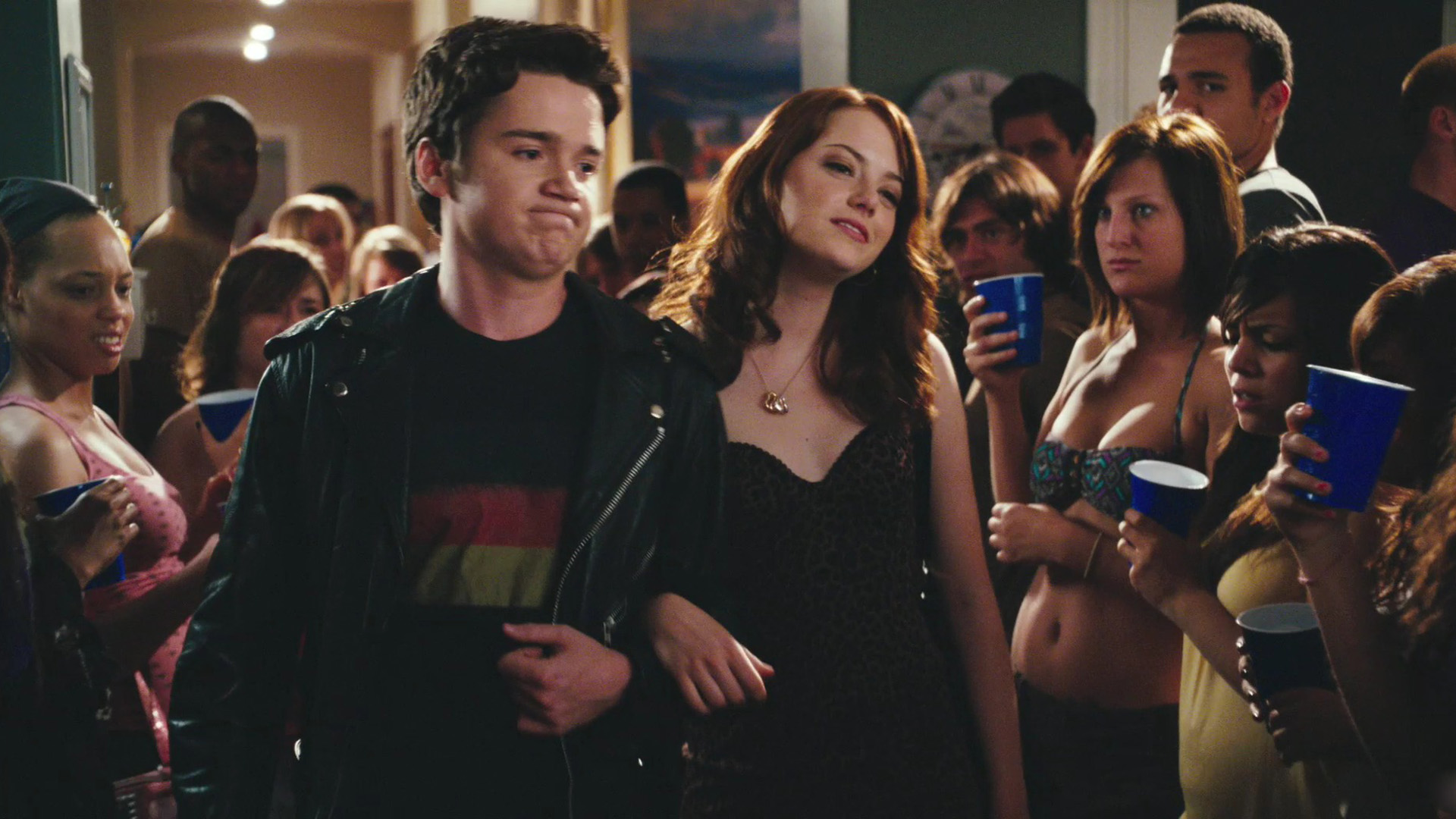Compare and Contrast Scarlet Letter Book and Easy a
Quick Answer: A staple of high school English curriculums, The Scarlet Letter is about a Puritan woman named Hester who, shunned by her community for committing adultery, is forced to wear a red "A" on her chest. While Easy A may be a little less extreme, it is an accurate portrayal of how female promiscuity is dealt with in modern society. In The Scarlet Letter and Easy A, both Hester and Olive are shunned and hated by their peers, losing friends and loved ones along the way. As Easy A is a modern interpretation, it focuses more on exposing the double standard between men and women when it comes to sexuality. Though Easy A is punctuated by jokes and lightheartedness, Stone's character still exemplifies the attitude towards sex that plagues contemporary America.
A staple of high school English curriculums, even those of us who haven't read or seen the adaptations of The Scarlet Letter are familiar with Nathaniel Hawthorne's classic novel. Set in 17th century Puritan Boston, the book's protagonist is Hester Prynne, a woman who conceives a chid through an extramarital affair. She is thus judged and shunned by her community, who forces her to wear a scarlet "A" on her chest for "adulturer." As the novel unfolds, Hester supports herself and her daughter, struggling to repent and create a life of dignity.
Given the book's strong themes of guilt and sin, it's not the easiest text to relate to in the 21st century. But although we may not place adulterers on the town pedestal of shame anymore, that doesn't mean we are a society free of judgment or slut-shaming. For those seeking a modern antidote to Hawthorne's stuffy tale of Puritan America, Easy A (2010) is an imaginative retelling for the modern age — one that illustrates we may not have progressed as far beyond our Puritanical roots as we like to believe.

Emma Stone as Olive Penderghast in Easy A (2010)
Easy A follows a young high school student, Olive Penderghast (Emma Stone), who is more or less invisible in her school. But when she lies about losing her virginity to sate her best friend's desire for gossip, the story spreads like wildfire. Pretty soon, Olive is notorious for all the wrong reasons, and her little white lie expands into a vast web of rumours. She loses her best friend over her supposed promiscuity and, now alone, tries to find a way out of this mess that has spiralled out of control. While some may find this concept outlandish, most teenagers can attest to the swiftness and ferocity of the high school rumor mill. The speed with which the slighest whimper of gossip can travel down the hallway and between cell phones can be astounding, and this gossip far too often leads to bullying.

Dan Byrd as Brandon and Emma Stone as Olive
So, aside from obvious similarites, how do The Scarlet Letter and Easy A compare? Both works exhibit the inherent hypocrisy of sexuality between men and women. In Puritan America, a woman committing adultery was guilty of a far worse sin than a man doing so. Easy A exposes the same hypocrisy in modern society. If a boy in high school has sex, he's often congratulated an lauded as a hero, enjoying a double standard that Easy A highlights and exaggerates through Olive's friend, Brandon (Dan Byrd). If a high school girl has sex, she's usually referred to as a slut. In The Scarlet Letter and Easy A, both Hester and Olive are shunned by their peers, losing friends and loved ones. Even though Hester's "A" is enforced and Olive chooses to wear hers, each may as well have the symbol branded on her as soon as the rumors begin.
One of the greater differences between the two works, however, is that Olive's "sinful" behavior didn't really happen. She didn't even have sex, and — unlike Hester — she is not a married woman, so if she were to engage in sexual activity, this would not be an "affair" or the sin of adultery (although strict religious interpretation in Hester's time would have equally condemned sexual activity by any unmarried woman as such). Still, in the eyes of Olive's peers, enjoying sex as a young woman is just as much a cause for judgment as cheating on a spouse.
The fact that Olive never commits the sexual act for which she's swiftly disowned makes the communal reaction even more clearly unjust and damning against our slut-shaming society. But the choice also says something about the film itself and those viewing it: do the creators of Easy A believe that Olive is more sympathetic because she is "innocent," i.e., still virginal? By implying that Olive is especially undeserving of this backlash due to her true lack of sexual behavior, Easy A may be avoiding a more substantive story that challenges viewers not to judge a young woman who is in fact more sexually experienced.
Equally interesting is the fact that Olive decides to lie in the first place, thinking that sexual experience will make her more popular and likeable. Her lie exposes an extra layer of complexity in the double standards working against young women: they are constantly sexualized and encouraged to base a sense of self-value on their attractiveness and sex appeal. They are expected to evoke the idea and desire of sex yet to preserve themselves as unattainable, never "succumbing" to the actual opportunity. A girl should be sexually wanted, but one who actually engages in the activity is likely to be denigrated, immediately seen as less desirable and socially accepted. The contradiction exposes the extent to which virginity and the perception of purity are still influential concepts that complicate a young woman's decision-making and self-image.
One of the most fundamental distinctions between Easy A and The Scarlet Letter lies in their tones. While the text exudes moral weight and solemnity, and is studied for its tragic dilemma, the film takes a comedic approach. Still, while Easy A is punctuated by jokes and slapstick-inflected moments, Stone's Olive still becomes a somber symbol of the double standards that continue to plague modern society. In the very act of choosing The Scarlet Letter as loose source material, Easy A's creators compel us to stop and consider how far we've really come.
Source: https://the-take.com/watch/how-does-easy-a-compare-to-the-scarlet-letter#:~:text=In%20The%20Scarlet%20Letter%20and,when%20it%20comes%20to%20sexuality.
0 Response to "Compare and Contrast Scarlet Letter Book and Easy a"
Postar um comentário